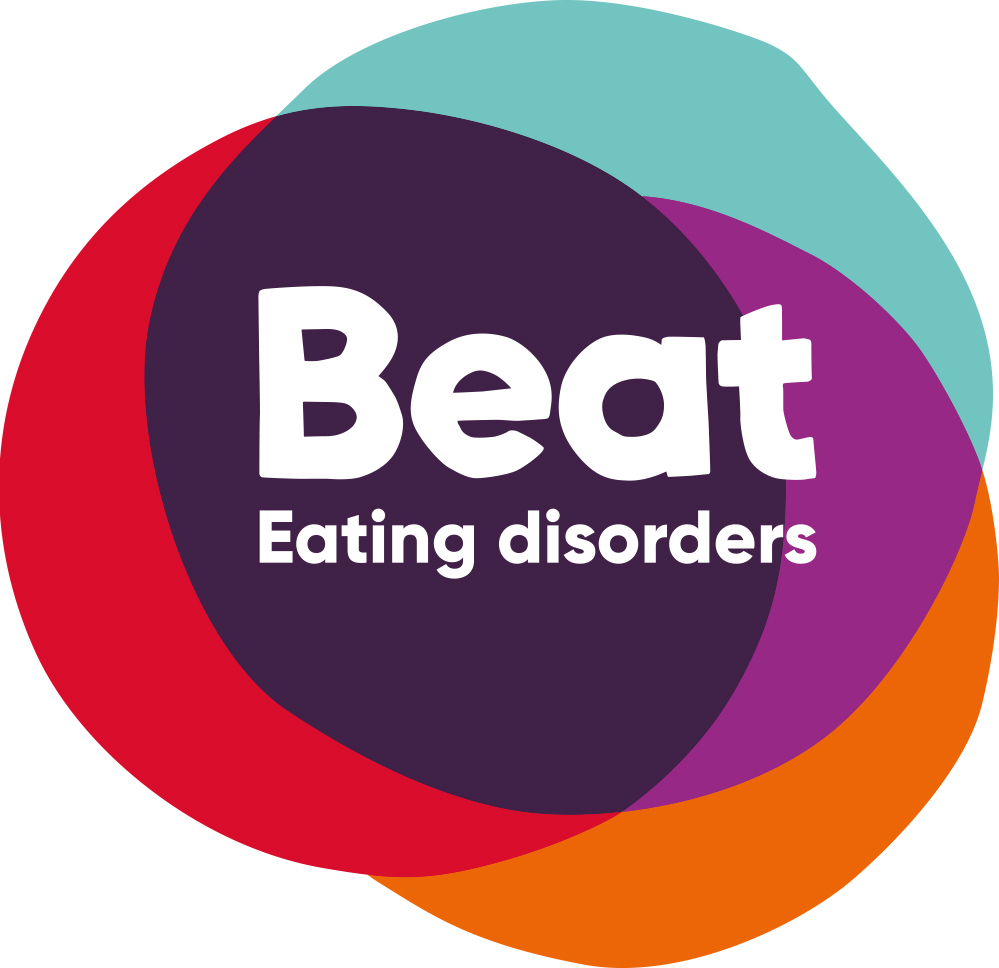
Deputy Editor Kat Smith discusses how to channel awareness after this year’s Eating Disorder Awareness Week and how to deconstruct any myths surrounding Eating Disorders
*Content Warning – Eating Disorders*
Eating disorder charity B-Eat estimate that 1.25 million people in the UK have a food-related illness, such as anorexia, bulimia, binge-eating disorder or an unspecified one (EDNOS – Eating Disorder Not Otherwise Specified).
This Eating Disorder Awareness Week, it is vital to acknowledge that these disorders manifest in different ways, as failing to do this can have devastating effects. They affect people in a range of ways and are not always the easiest to spot – there are many cases of people not even realising they have a problem. It’s damaging to make people think that you have to look a certain way, or weigh a certain amount, to be classified as ill
The common perception of someone with an eating disorder is that they are emaciated, frail and on the verge of being hospitalised. It’s been perpetuated by many triggering pro-ana accounts on social media, as well as Louis Theroux’s 2017 Talking to Anorexia documentary.
While this is the grim reality of many cases, they are dangerous expectations to have. It is not a requirement of eating disorder diagnosis that you be severely underweight. There are no set amount of calories you have to eat for you to be classed unhealthy. Eating disorders do not always entail dramatic weight loss, they can sometimes cause weight gain. Sometimes there is no visible change from the outside, though the internal effects (both mentally and physically) can still be devastating.
It’s damaging to make people think that you have to look a certain way, or weigh a certain amount, to be classified as ill. Adopting and voicing this perception of what an eating disorder ‘should’ look like is ridiculous, inaccurate and quite frankly, disgusting. It can make the problem even more aggressive, it can bring an even greater sense of shame to an already horrific situation and it can stop people from seeking help.
EDs are becoming even more ambiguous due to the rise of social media. We doubt that the #fitspo we see on our Instagram feed can be achieved through anything other than hard work and health, but the dark side is rarely seen. As early as 2015, Grazia reported on ‘instarexics’, such as Celia Learmonth who admitted to followers she was seeking help for an eating disorder, in spite of regularly posting recipes and her workout routines alongside founding ‘London Fitness Guide’. It’s clear that a seemingly healthy lifestyle can have a much more problematic underbelly.
Over three years later, social media has become evermore prevalent. It is clear that we have no idea what the reality of someone’s relationship with food is really like, especially when it can be hidden behind a filter of wellness. It’s an undeniable sign that we need to reassess our perception of eating disorders and know that they do not come as a one-size-fits-all.
Especially when the illnesses can re-frame the way you see your body, the shame of not feeling like you are ‘ill enough’ to get help can stop people from seeking the support they need. It’s time to reassess what we see as an eating disorder, and educate ourselves on the devastating effects of these myths.
If you or someone you know have (or think you/they may have) an eating disorder, click here for help and advice.

Comments